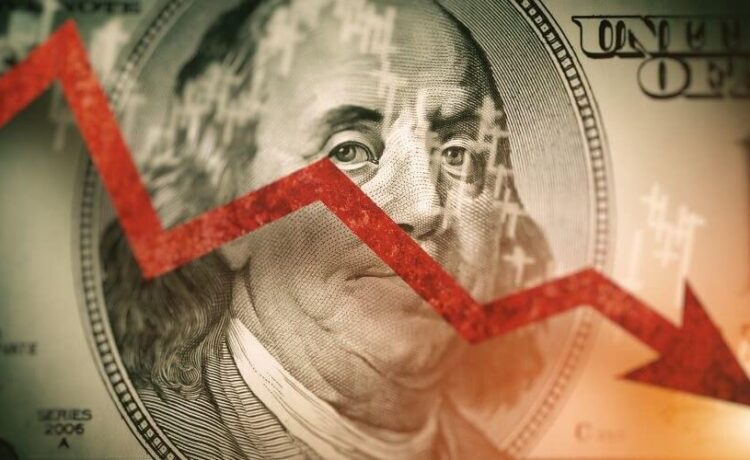In the world of investment, the dollar, often referred to as “dolar” in various non-English speaking countries, holds a significant position due to its status as the world’s primary reserve currency. Dolar investing involves strategies aimed at leveraging the strength and stability of the U.S. dollar to achieve financial growth. Given the dollar’s influence on global markets, understanding the nuances of dolar investing can offer investors a robust tool for portfolio diversification and risk management.
The Appeal of Dolar Investing
Investing in the dollar can be attractive for several reasons. The currency’s relative stability compared to others makes it a safe haven during economic uncertainties. Additionally, the U.S. dollar’s dominance in international trade and finance means that changes in its value can have far-reaching implications, creating opportunities for investors to profit from currency fluctuations.
Strategies for Dolar Investing
Dolar investing encompasses various strategies, each catering to different investor profiles and objectives. One common approach is through the foreign exchange (Forex) market, where investors trade currency pairs to capitalize on fluctuations in the dollar’s value against other currencies. Another strategy involves investing in dollar-denominated assets, such as U.S. Treasury bonds, which offer the dual benefits of currency value appreciation and income generation through interest.
Understanding Market Dynamics
Successful dolar investing requires a deep understanding of the factors that influence the U.S. dollar’s value. Economic indicators such as interest rates, inflation, and GDP growth play a crucial role. Geopolitical events and policy decisions by the Federal Reserve can also dramatically affect the dollar’s strength. By staying informed about these dynamics, investors can make more educated decisions about when to enter or exit their investments.
Risks and Considerations
Like all investment strategies, dolar investing comes with its set of risks. Currency markets are notoriously volatile, and sudden shifts in economic policy or global events can lead to unexpected losses. Furthermore, investing in foreign assets involves additional considerations, such as political risk and exchange rate risk, which can affect the overall return on investment. Therefore, investors must conduct thorough research and consider using risk management tools, such as stop-loss orders, to protect their capital.
Diversification and Portfolio Management
Incorporating dolar investing into a broader investment portfolio can offer diversification benefits, helping to mitigate risk across different asset classes. However, investors should balance their exposure to dollar-denominated assets with investments in other currencies and asset types to avoid overconcentration in any single area. Regular portfolio reviews and adjustments in response to changing market conditions are essential components of effective portfolio management.
Conclusion
Dolar investing presents a unique opportunity for investors looking to diversify their portfolios and take advantage of the dynamics of the currency market. By understanding the factors that affect the U.S. dollar’s value and employing strategic approaches to currency and asset investments, individuals can navigate the complexities of the market. However, awareness of the inherent risks and the importance of diversification and informed decision-making is crucial for success. As with any investment strategy, achieving proficiency in dolar investing requires research, patience, and a well-considered approach tailored to one’s financial goals and risk tolerance.
















